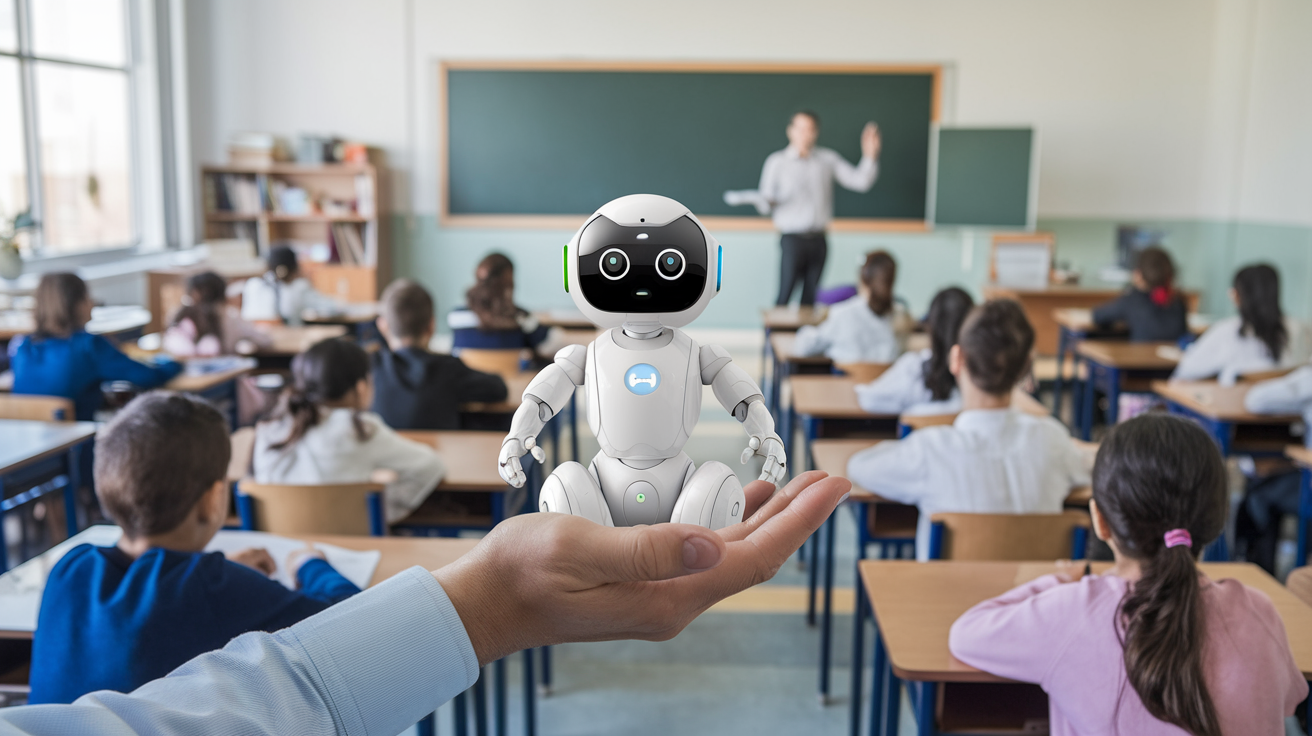Stop Blaming the Tool and Start Teaching the Process
The buzz around artificial intelligence (AI) in education has taken a sharp turn. A recent study on the use of GPT-based tutors in high school mathematics revealed that while generative AI tools improved student performance during practice, they led to poorer outcomes on independent exams when removed. Headlines such as Edutopia’s “AI vaporizes Long-Term Learning” have swiftly followed. But before we let fear dictate policy, let’s ask the critical question: Is the problem AI – or how we’re using it?
A Familiar Story: Tools Used Incorrectly
Generative AI is just the latest in a long line of educational tools accused of harming learning. Remember the debates about calculators in the classroom? Critics feared they would destroy students’ arithmetic skills. Textbooks with full solutions? Those would supposedly erode problem-solving. Yet the real issue isn’t the tool but how it’s integrated into teaching and learning.
This study’s results echo the same concerns:
- Students with unrestricted access to GPT-based tutors (GPT Base) over-relied on AI for answers, resulting in superficial learning.
- However, when safeguards like incremental hints and guided scaffolding were added (GPT Tutor), students performed better during practice and maintained comparable performance in independent exams.
The difference wasn’t the AI itself—it was the instructional design behind its use.
To dive deeper into the study, you can find the full details:
The Misconception of “AI Dooms Learning”
AI, like any tool, is only as effective as the user. Critics often forget that students don’t naturally know how to learn deeply—this is a skill that must be taught. Generative AI exacerbates this gap when students see it as a shortcut rather than a partner. But is this any different from asking students to study from a textbook that includes the answers? Left unguided, many will jump straight to the answers, resulting in:
- Short-Term Gains: Success in completing tasks during practice.
- Long-Term Gaps: A failure to retain and transfer knowledge to new contexts
The outcomes are similar. The problem isn’t AI; it’s a lack of scaffolding that fosters deep engagement and reflection.
What This Study Really Tells Us
This study doesn’t prove that AI harms learning – it highlights how poorly designed systems can undermine it. The GPT Tutor model, which used teacher-informed safeguards, largely mitigated these issues by:
- Encouraging students to show their work before receiving help.
- Offering tailored hints rather than direct answers.
- Highlighting common mistakes to improve understanding.
These strategies mirror best practices in teaching. If anything, the study reinforces that AI can support learning when deployed thoughtfully.
Teaching AI Literacy is Key
The rush to implement AI in education often overlooks a critical step: equipping both teachers and students with the skills to use it effectively. Generative AI is a tool, not a teacher, and without guidance, it will be misused. Students must be taught:
- To question AI outputs and verify accuracy.
- To use AI as a source of hints or feedback rather than direct answers.
- To engage deeply with material by leveraging AI to clarify misunderstandings.
Equally, educators must understand how to integrate AI into their pedagogy. Without this foundation, we risk reinforcing bad habits, much like if a teacher encouraged students to copy answers from the back of a textbook.
The Real Doomsday Scenario
The real risk isn’t that AI will doom learning; it’s that we’ll misinterpret its role in the classroom. When used well, AI can empower teachers, personalise learning, and enhance critical thinking. When used poorly, it becomes another crutch for students – and a scapegoat for policymakers.
Blaming AI for poor learning outcomes is like blaming a pen for bad handwriting. The tool is not the problem. The problem is how we teach students to use it.
The Path Forward
Let’s stop framing AI as a threat and start seeing it as an opportunity. This means:
- Training Teachers: Educators need professional development to understand how to integrate AI into their teaching effectively.
- Designing Thoughtful AI Tools: Tools must be aligned with pedagogical principles, focusing on scaffolding, feedback, and reflection.
- Teaching AI Literacy: Students must learn how to use AI critically and constructively, much like they’re guided to leverage tools like textbooks for research or calculators for problem-solving.
The future of AI in education isn’t about removing the tool; it’s about embedding it into teaching in ways that enhance learning, not replace it. If we get this right, AI won’t harm education – it will transform it for the better.
At PPA Buddy, we believe in empowering educators to embrace AI as a transformative tool. We’re exploring ways to provide practical guidance for embedding AI into teaching and learning, helping both teachers and students use these tools effectively and responsibly.
We’d love to hear from you—what support or resources would help you feel confident integrating AI into your classroom? Let us know your thoughts or join the conversation below!
